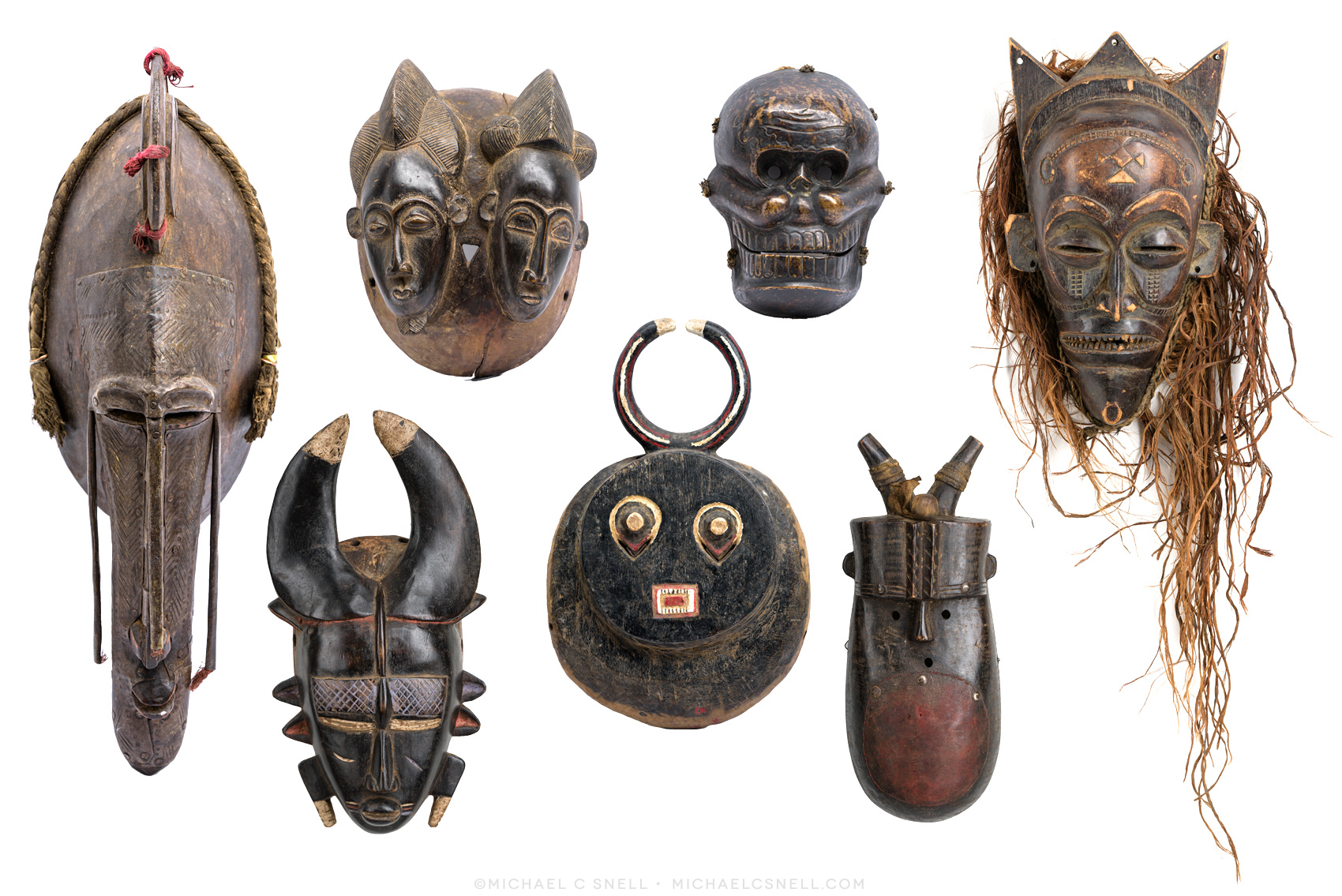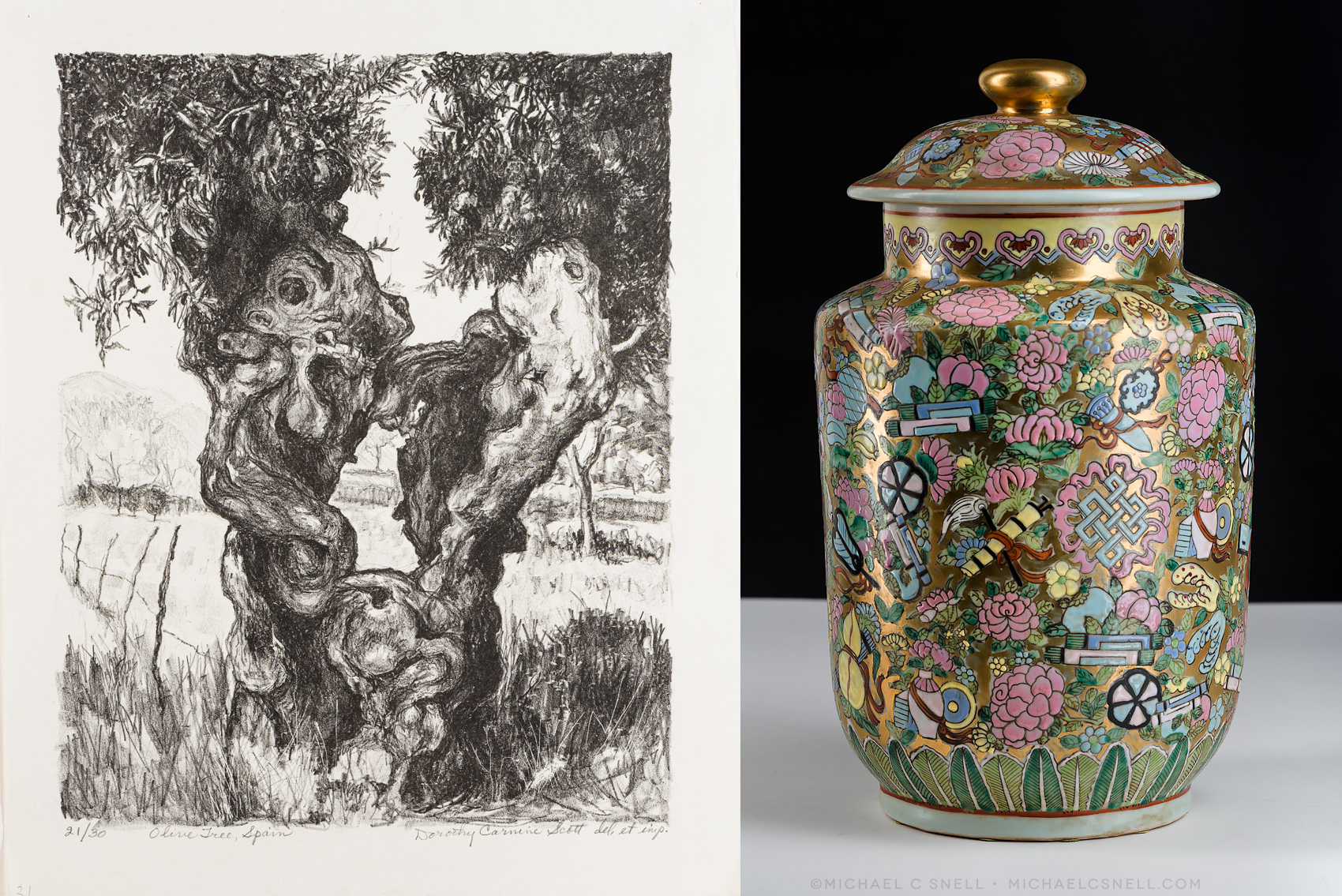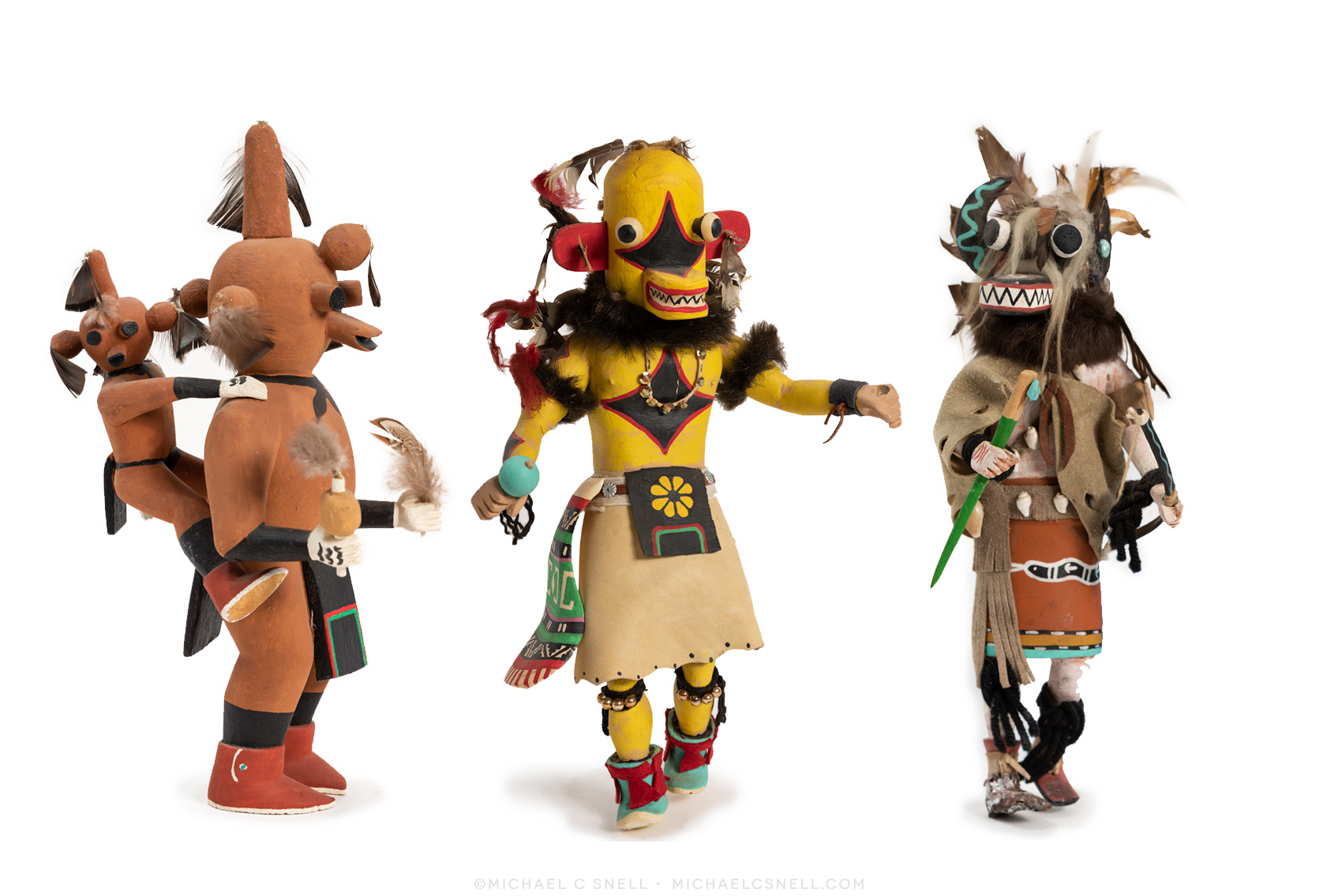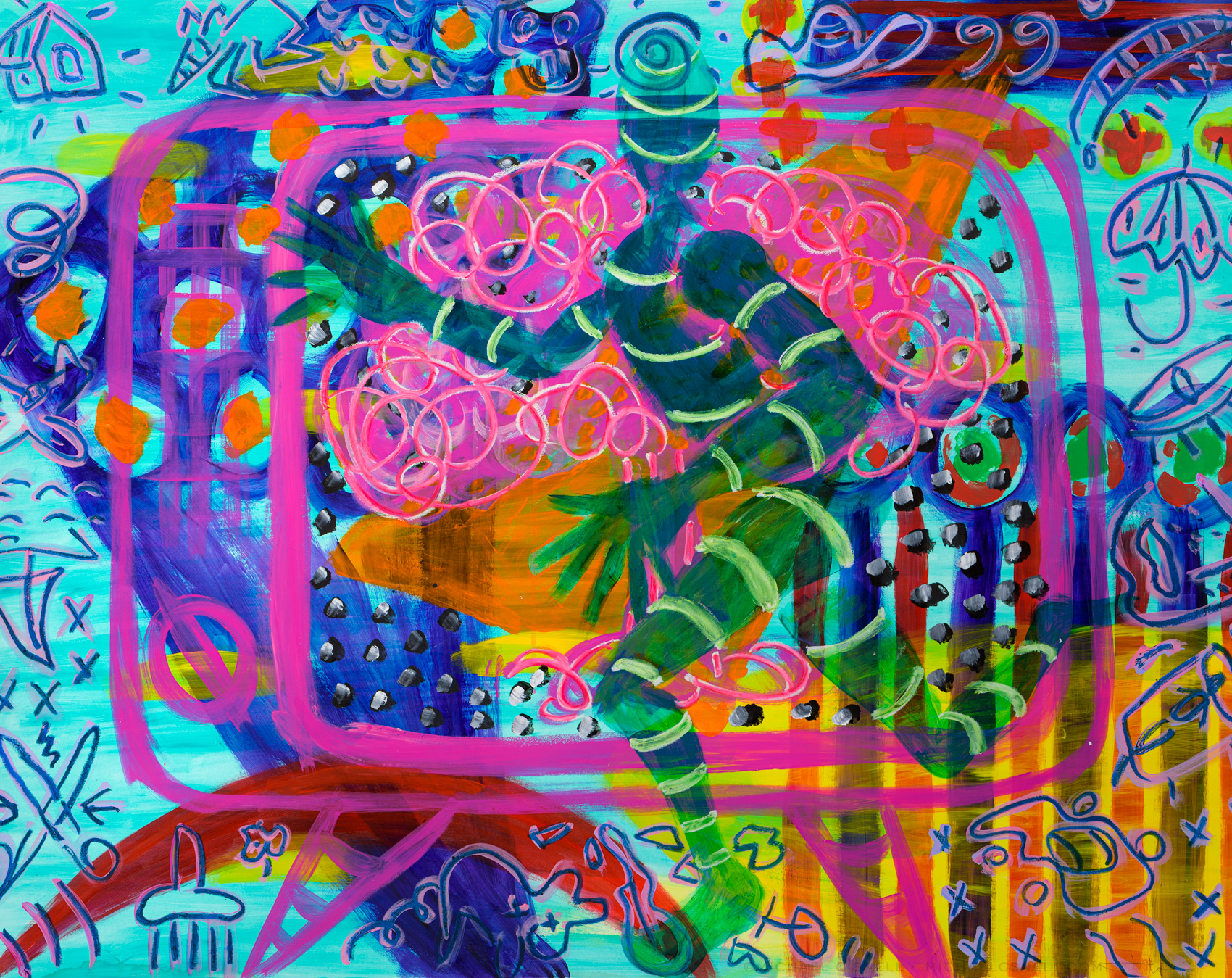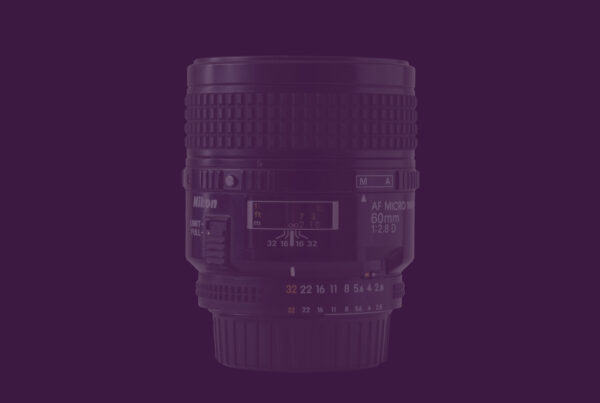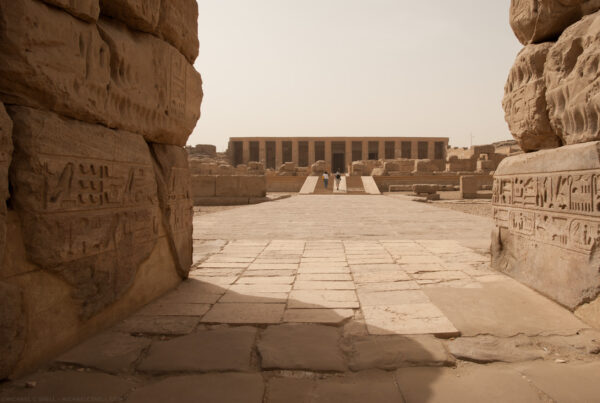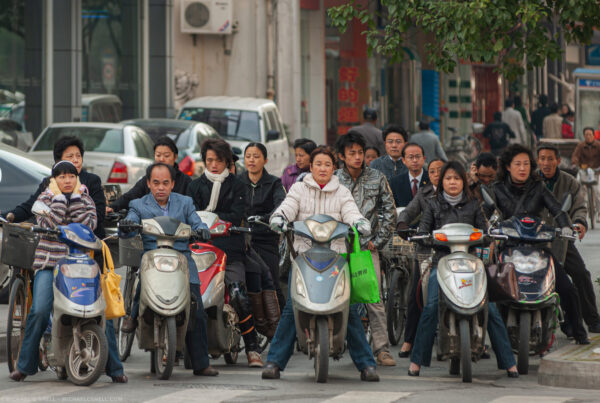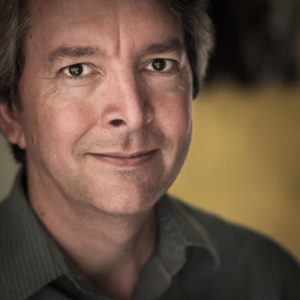2020 was a little… different.
I know I’m not unique in feeling this way, I don’t think many people in the world had a “normal” year in 2020. I’m also quite certain that I have not suffered nearly as much as others. In fact, I have a hard time using the word “suffered” in this instance at all. Yes, my business nearly evaporated but I pivoted a bit and have managed to keep fairly busy. My travel work, of course, has just vanished. I’m sure things will come back, but they may not come back entirely the same. In terms of tourism, I think it’s a real opportunity to re-think how we travel and hopefully it can be better for travelers and the destinations themselves in the future.
I entered a sort of self-imposed lockdown a little earlier in March than most people. We closed our office temporarily and made the decision to work from home not long before the shutdown was implemented state-wide. A month or so in, we decided to move out of the office entirely and to look for a new space when all of this is “over.”
I’ve worked from home for years, so this was no big adjustment for me. However, having clients that were mostly involved in the travel industry soon proved to be a bigger problem. Their budgets were slashed and the work dried up very quickly. We can live pretty frugally, so we knew we were okay for a while, plus we actually had another project that we decided could really take advantage of our situation.
The big project
My wife is Trustee for her uncle’s estate. He had been in the art and antique business in Arizona and Colorado for decades and he died in June of 2019. Sally has been pretty much consumed with the process of moving and storing his assets, ending shop leases, and selling properties since then and we now find ourselves with a warehouse and several storage units of additional items — art, antiques, collectibles, furniture, etc. — that will need to be sold. Not much can be done, however, until we know exactly what we have. That’s where this weird year, unlike any other, brought things into focus for us.
We were quarantined. We were only leaving the house for groceries. But we soon realized that our warehouse was basically an extension of our home. We were the only people that entered that space and it didn’t make much difference if we were home or in the warehouse. Our quarantine bubble could remain intact. So, we decided to pick up the pace of inventorying the estate and we have been at it pretty much full time ever since.

My goal was to get evenly lit images that honestly documented the art without distracting reflections or shadows.
So began the great learning curve of photographing 2D and 3D art in a non-studio setting. We’d had a little practice. In January of 2020 we had traveled to Phoenix to inventory a storage unit full of art that had yet to be moved. The process took several days and we used an adjacent, empty storage unit as a studio. The art that had been photographed accumulated in the “photo studio” unit until it was too full to work in, then we moved the studio to the original unit and used it until the rest of the art was cleared out. It was a “make it work” situation, but it worked pretty well.
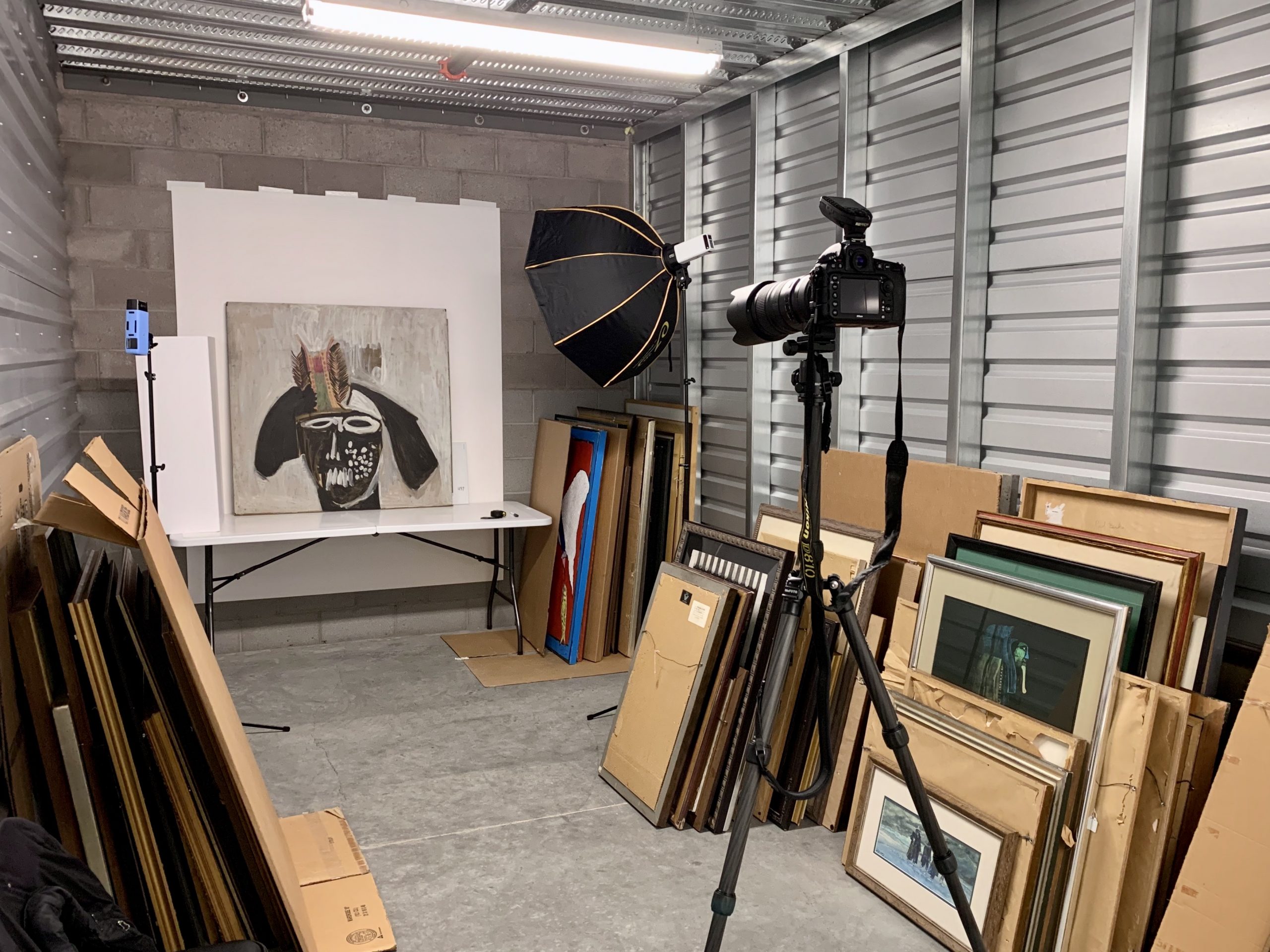
Here’s a work-in-progress photo I posted on social media at the time we were shooting. I was going pretty minimal with photo equipment, partly because I didn’t have a lot of lighting gear and partly because we flew down to Phoenix and I wanted the entire photo kit to fit in carryon with just stands and light modifiers in my checked bag. Since we’ve renewed inventorying at home, I’ve updated the lighting system and it’s much more functional now, but this did the job in the tight space of a storage unit. Normally you would light artwork evenly with two sources, one on each side angled toward the art, but I didn’t really have the space for this on larger pieces in a narrow storage unit. I decided to light from one side with a bounce card on the opposite side to even the coverage. Then I fired a second light up into the metal ceiling of the storage unit to provide another big, ambient fill light.
Now that I’m shooting the art in a larger warehouse space, I am using two lights with identical modifiers, one positioned on each side of the subject. I’ll share more details of how my lighting has evolved later, but I’m still just using two Flashpoint eVOLV 200 monolights and they are doing a great job for me. I have considered going up to the larger 600w models but, so far, I have seldom had to use these at full power and they are very compact and easy to carry.
A little bit about the collection.
The two galleries, one in Scottsdale AZ and the other near Estes Park CO, contained a huge variety of objects. There are many paintings, lithographs, serigraphs, etchings, drawings, pastels, and other 2D artworks — mostly in the southwestern genre but not all. There are sculptures in bronze, wood, stone, etc. There are many carved masks from all parts of the world and lots of other tribal pieces. Pre-Columbian pieces, Egyptian, Inuit, and more. American antiques, pottery, glassware, etc. We had focussed primarily on paintings in the Phoenix unit (although we did inventory and photograph many kachinas and religious icons as well) but once we were back in the warehouse, we were discovering the true variety of the collection.
Here’s a quick look at a tiny segment of what we’ve encountered so far. I’ll do more posts in the future about this process and things I am learning from it. Without having the ability to travel currently, it has been nice to explore the world virtually through this collection. And if you want to know more about the Trust, we are developing a website at bishopscuriosities.com
